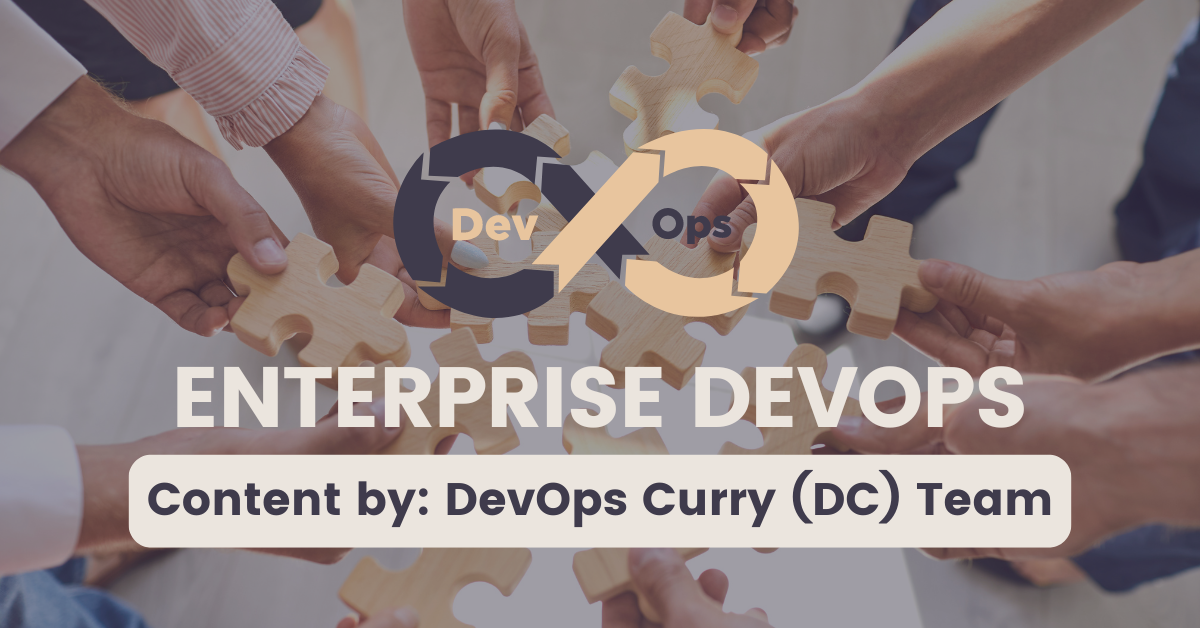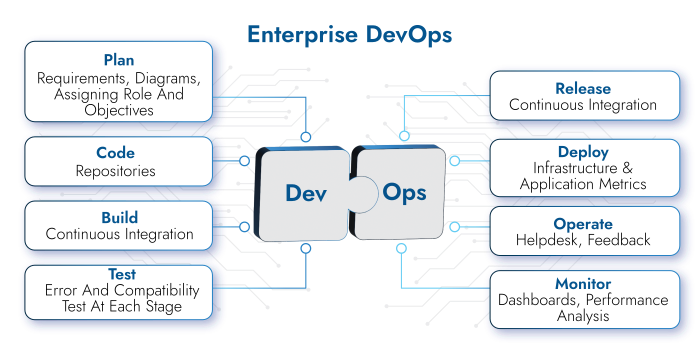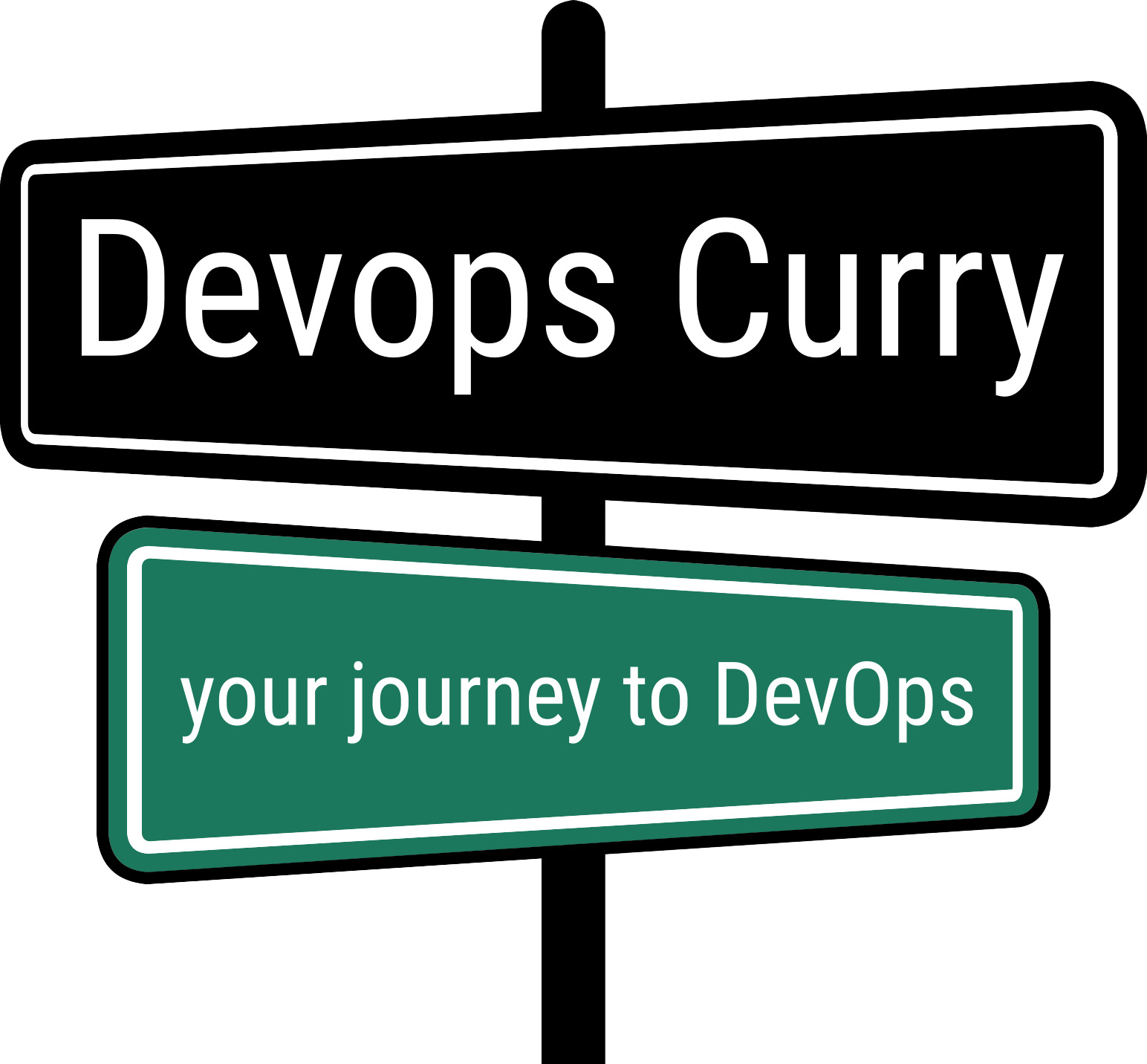
Enterprise DevOps: Why is it Important for Large Businesses
We have already talked about DevOps and DevOps toolchain. In this article we will be discussing DevOps for enterprises or Enterprise DevOps, why is it important, and best practices.
Table of Contents
Introduction to Enterprise DevOps
Traditionally, the IT development team and the IT operations team worked in ‘siloed’ i.e. isolated environments. The former focused on developing newer codes as quickly as possible, while the latter tried to deploy these codes without losing the stability of the application. Both of the teams focused entirely on their goal, thus lacking communication. However, this led to slower releases which ultimately affected the business as a whole.
Hence, DevOps was introduced as an approach to bring the two teams close enough for them to collaborate towards a common goal. It can be defined as “…the combination of cultural philosophies, practices, and tools that increases an organization’s ability to deliver applications and services at high velocity…” (AWS)

Image credits: Enterprise Devops
In smaller businesses, DevOps principles are easier to incorporate as the number of people is less with their scope of work often overlapping with each other. In larger businesses, however, a specialized team is set up to handle specific aspects of the software development process. DevOps becomes much more complicated to execute in this case, thus giving rise to a special term called ‘Enterprise DevOps’ which refers to the implementation of DevOps practices and principles in large-scale organizations or enterprises.
Why is Enterprise DevOps Important
Some of the challenges typical to larger businesses or enterprises that make Enterprise DevOps crucial are as follows:
- Large businesses need to release updates frequently to maintain their competitive edge in the market without compromising existing services. This is known as continuous development (CD).
- These businesses involve several processes or tasks that may be time-consuming and labor-intensive. Enterprise DevOps helps to automate these tasks, thus saving time, effort, and labor costs.
- Bigger companies often involve several teams handling their own set of tasks and responsibilities. So that it doesn’t lead to isolated or ‘siloed’ work environments, enterprise DevOps ensures smooth communication and collaboration between them.
- Enterprise DevOps allows for both horizontal and vertical scaling ensuring established companies are ready for unexpected traffic spikes.
- Enterprise DevOps helps to detect, diagnose, and resolve issues faster, thus minimizing downtime and ensuring rapid recovery.
Enterprise DevOps Best Practices
Following are some of the best practices for implementing DevOps in an enterprise ennvironment…
Test automation
In traditional software development processes, the application was tested manually once it was completely developed. If any issue was found during this testing (as was the case often), the app had to be sent for resolving and redeveloping again. This led to slower releases and increased time to market.
Test automation refers to automated testing using various tools like Selenium. It allows for continuous testing alongside continuous development. Test automation helps to reduce failure risk and prevent bottlenecks.
Continuous monitoring
While test automation helps to detect anomalies in the application during development, continuous monitoring helps to detect them after deployment. It involves using tools that monitor various application metrics like CPU utilization, network throughput, latency, traffic, etc. Monitoring helps developers detect bugs in real time, thus allowing them time to fix those bugs quickly.
Another term related to monitoring is observability. While monitoring involves continuous collection of data, observability also takes into account the historical data. Hence, observability provides much deeper insights than monitoring. However, although observability has a wider scope, it cannot function without monitoring.
DevSecOps
Security is paramount in an enterprise environment as it involves faster release cycles and multiple stakeholders. Hence, instead of leaving security as an afterthought in the software development process, it should be integrated into every step. This is known as DevSecOps, a DevOps approach that prioritizes security. ‘Shifting security to the left’ is also often used to refer to the early on addressing of security issues during the development process, alongside code writing and testing. DevSecOps can be implemented through automating security testing and continuous monitoring.
Containerization & Microservices
Large enterprises require scalable and flexible infrastructure to deal with sudden spikes in traffic. Microservices architecture is an approach that involves distributing the application into several independent services, each handling a specific business function. It allows the scaling up of individual services with no need to scale the application as a whole. Other complementing technologies include containerization tools like Docker and Kubernetes, and serverless computing.
Standardize toolsets
The market is supplied with multiple tools and technologies for performing the same tasks and procedures. If every individual or team uses a different set of tools, this can createoften create silos and lead to inconsistencies. Hence, standardizing toolsets across teams helps to unify the processes, improve communication and compatibility, and reduce the risk of errors. Moreover, it can help in saving costs and ensuring standardized security tests for all codes.
Conclusion
In the modern world, DevOps is crucial to a business’s success. However, implementing DevOps in larger organizations or enterprises can be difficult due to its huge size and diversity. Enterprise DevOps is a set of DevOps principles and practices specifically designed for these large enterprises. It involves automating all manual tasks to optimize workflows for speed and efficiency. However, it is not just about adopting the latest tools and technologies. It is about creating a culture of transparency, collaboration, and teamwork to work towards a shared goal of business success.


